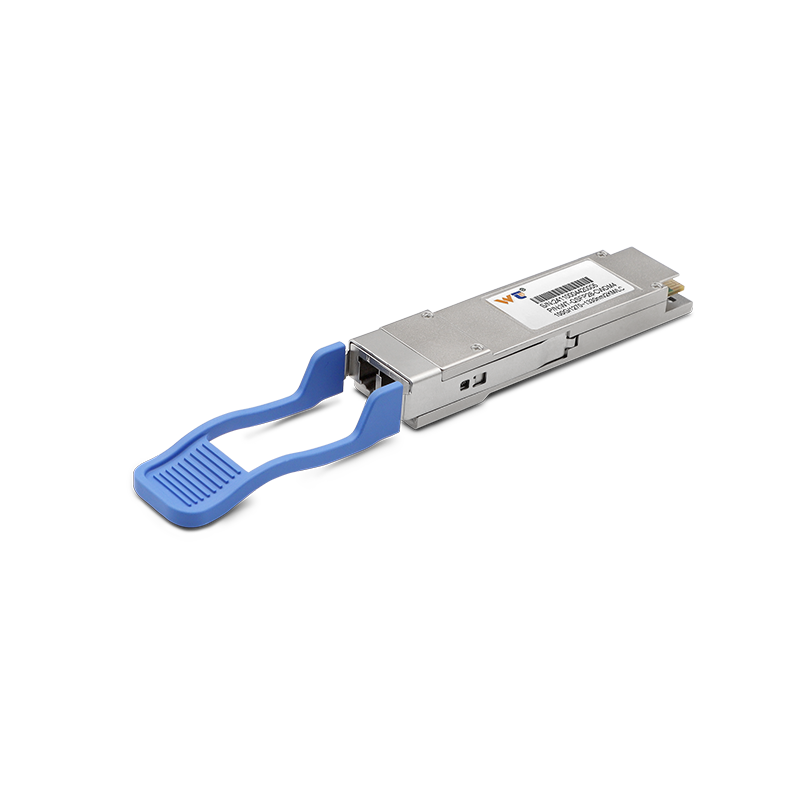The rail transit sector has seen exponential advancements in technology, making the need for reliable communication systems paramount. By 2025, the demand for ultra-fast, robust, and efficient optical modules will rise in tandem with the increasing complexity of rail networks. 100G optical modules emerge as a crucial component in ensuring seamless signal transmission, enhancing safety, operational efficiency, and rider experience.
Recent trends indicate a significant shift towards high-capacity optical communication solutions to support the burgeoning demands of rail transit systems. The adoption of 100G optical modules is a direct response to the rapid growth in data traffic and communication needs within the rail sector. The market is projected to expand due to factors such as the increasing focus on smart cities and the Internet of Things (IoT), requiring efficient data handling capabilities. Additionally, rail operators are keen on minimizing latency and maximizing bandwidth, making 100G solutions a preferred choice. With an anticipated compound annual growth rate (CAGR) of over 15% through 2025, the market landscape for optical modules is becoming increasingly competitive.
To provide clarity on the functionality and significance of optical modules, we can summarize their specifications in the following table:
| Technology Type | Data Rate | Application | Transmission Distance | Protocol |
|---|---|---|---|---|
| 1G | 1 Gbps | CSMA/CD, Ethernet | Up to 100m | 100BASE-T |
| 10G | 10 Gbps | Data Center Interconnects | Up to 300m (MMF) | 10GBASE-SR |
| 25G | 25 Gbps | Cloud Services | Up to 500m (MMF) | 25GBASE-SR |
| 100G | 100 Gbps | Transport Networks | Up to 40km (SMF) | 100GBASE-LR4 |
| 400G | 400 Gbps | Backbone Infrastructure | Up to 100km (SMF) | 400GBASE-LR4 |
| 1.6T | 1.6 Tbps | Advanced Comms | Up to 80km (SMF) | - |
As we delve deeper into the applications of 100G optical modules in rail transit networks, it becomes evident that these modules are indispensable. The principle behind their effectiveness lies in their ability to transmit vast amounts of data over long distances with minimal latency. For instance, in operational environments where real-time data and communication are critical — think automated signaling systems and onboard passenger Wi-Fi — 100G modules ensure that data packets reach their destinations without delay. This capability not only enhances operational safety but also significantly improves responsiveness to any disturbances.
Moreover, the integration of 100G optical modules aids in the development of digital services such as predictive maintenance and operational analytics. By leveraging large volumes of data in real-time, rail operators can anticipate malfunctions before they occur, thus minimizing unplanned downtime. Storage and processing systems bolstered by 100G communication effectively support these analytics, providing operators with actionable insights that drive efficiency and reliability.
Focusing on the various types of optical module technologies, we see a diversified portfolio that meets different application needs within the rail transit sector. Technologies range from 1G to 1.6T, catering to everything from basic communication to advanced data transmission. Each type exploits unique characteristics of fiber optics, ensuring that the right solution is employed for the specific bandwidth requirement and distances involved. While 25G and 100G dominate high-performance interfaces, emerging technologies like 400G are on the horizon, promising even greater advancements.
A practical implementation can be evidenced in case studies highlighting successful deployments of 100G optical modules in metropolitan rapid transit systems. For instance, high-speed links between central stations and data command centers exemplify how networks can effectively handle immense data flows with enhanced resilience. Also, the integration with IoT sensors for real-time monitoring of train conditions supports authorities in maintaining optimal performance levels.
In terms of product reliability, our optical modules undergo rigorous quality testing, ensuring performance under various conditions. They are ideal for diverse applications including high-speed data transmission and long-distance communications. Whether you require robust connectivity for onboard systems or seamless links between stations, our optical modules meet the highest standards affecting real-world use cases.
In conclusion, as the landscape for rail transit continues to evolve toward more intelligent systems, ensuring high reliability in signal transmission becomes crucial. 100G optical modules stand at the forefront of this transformation, promising remarkable advancements in safety, efficiency, and performance. The future points towards greater integration of sophisticated optical solutions, paving the way for a more connected and efficient rail transit ecosystem.






